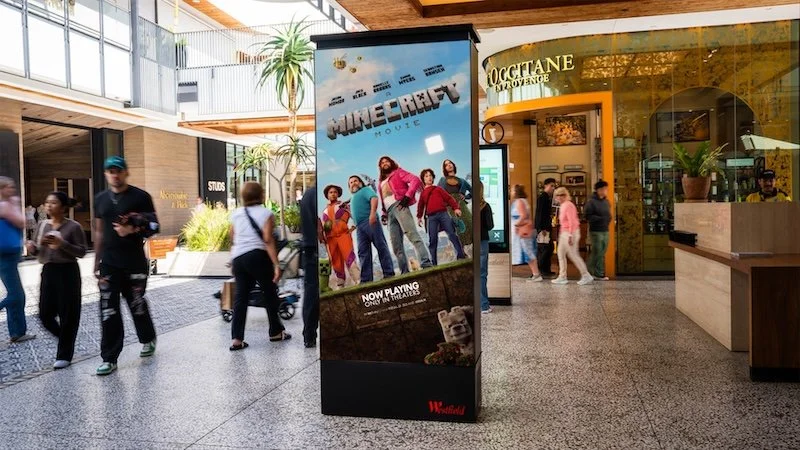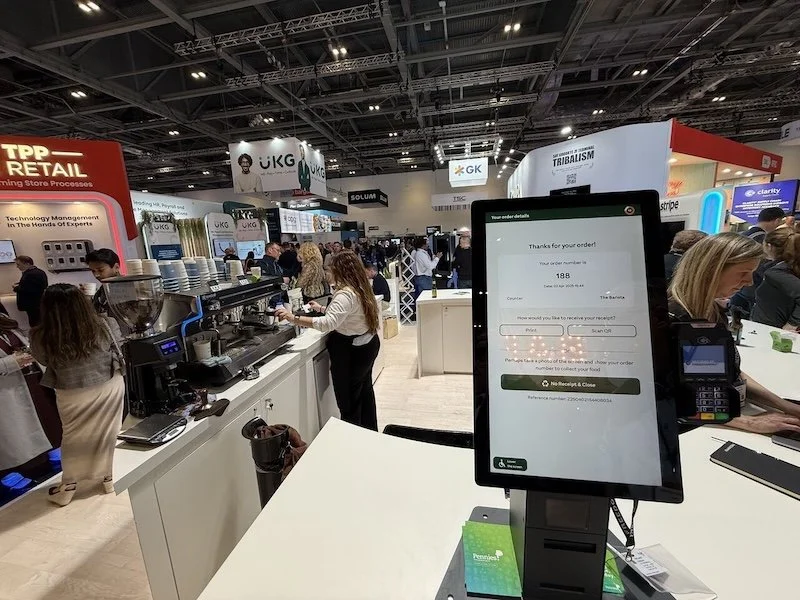Why Starbucks is a data technology company
By Was Rahman
Under Howard Schulz’s leadership, Starbucks was central to the transformation of the coffee shop industry, growing from 17 stores in 1987 to over 30,000 today.
Data technology has been at the heart of the company from early on, something underscored by Schulz’s choice of new CEO when he retired.
His hand-picked replacement was Kevin Johnson - not a retailer, but an IT industry veteran who had built his career at IBM, Microsoft and Juniper Networks.
Starbucks has always been a technology pioneer, setting up a website before its major competitors, introducing a digital loyalty scheme while others were still using paper cards and introducing the concept of mobile beverage ordering.
Today, it has a CTO rather than a CIO, has Microsoft CEO Satya Nadella on its board, and invests heavily in advanced technologies such as the Internet of Things (IoT), blockchain and artificial intelligence (AI).
Data technologies in particular are of strategic importance, and in a 2019 earnings call, CEO Johnson described their in-house AI platform Deep Brew as “a key differentiator for the future”.
The in-house teams of data scientists and technologists are tasked with applying such technologies to the massive volumes of data the firm generates every day to create new forms of value.
As you’d expect, Starbucks knows a lot about its customers, both individually about each loyalty card holder and collectively about groups of customers at store, neighbourhood and city level.
But this is only one small part of what it knows. The company also holds incredibly detailed views of its products, stores, equipment, supplies and even the environment around the stores.
Take in-store machinery for example. Every coffee machine is connected to the cloud, sending up data about every shot pulled, including beans used, shot volume, drink temperature and water quality.
They also provide diagnostic data about how they’re working, to enable preventative and remote maintenance. The ovens are also IoT devices, with settings for heating each product remotely programmed by centralised menu controls.
By analysing customer preferences and machine settings, Starbucks can perform deep analysis of product performance, and roll-out menu improvements and changes to thousands of stores, customised to the circumstances of each.
Machine downtime is also reduced and managed, minimising store disruption. And perhaps most importantly of all, staff spend more time with customers rather than machines or ingredients.
Supply chain investment
There’s a similar story in the supply chain, and not just to improve operational efficiency. Ethical sourcing has become increasingly important in the coffee business, and Starbucks has invested significantly in this area.
One initiative has been to use data technology to let customers identify the source of individual bags of coffee beans in-store.
This doesn’t just help with traceability, it connects the people who drink the coffee with those who grow it, and plays a key role in providing various benefits to individual farmers.
As you’d expect, Starbucks uses data to plan new store locations, but takes this to deep levels of detail. Analytics technology doesn’t just assess new locations identified by a planning team, but suggests possible locations.
The starting point is sophisticated modelling of economic factors about locations, such as demographics, competitor presence, transport routes and so on.
This is used to forecast revenues, profits, staffing needs and other planning details. The analysis also includes the impact of a possible new location on other nearby stores, and the effect on local and national supply chains.
This emphasis on technology might seem at odds with the firm’s almost homely description of the Starbucks in-store customer experience.
In the words of CEO Johnson, Starbucks offers “a special customer experience grounded in human connection - the “romance” of coffee and hand-crafted beverages that all comes together in a comfortable third place, a place for community different than home or work”.
But the company sees no inconsistency in this, rather the opposite.
As Starbucks CTO Gerri Martin-Flickinger explained in 2019: “As an engineering and technology organisation, one of the areas we are incredibly excited to be pursuing is using data to continuously improve the experience for our customers and partners.”










Continue reading…